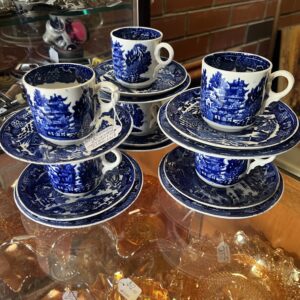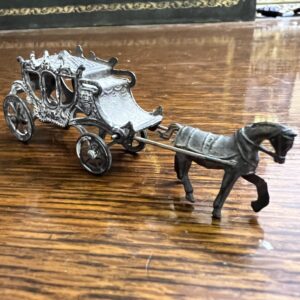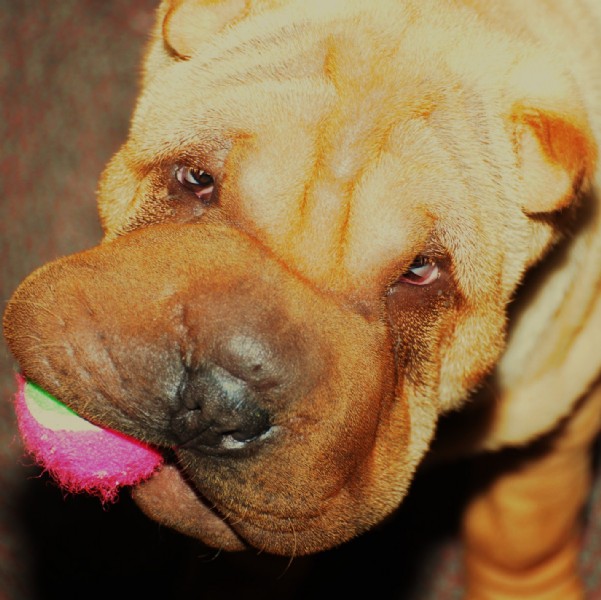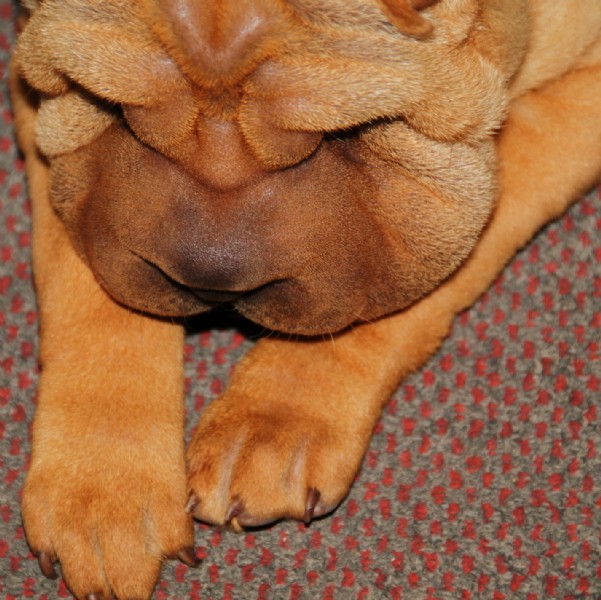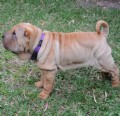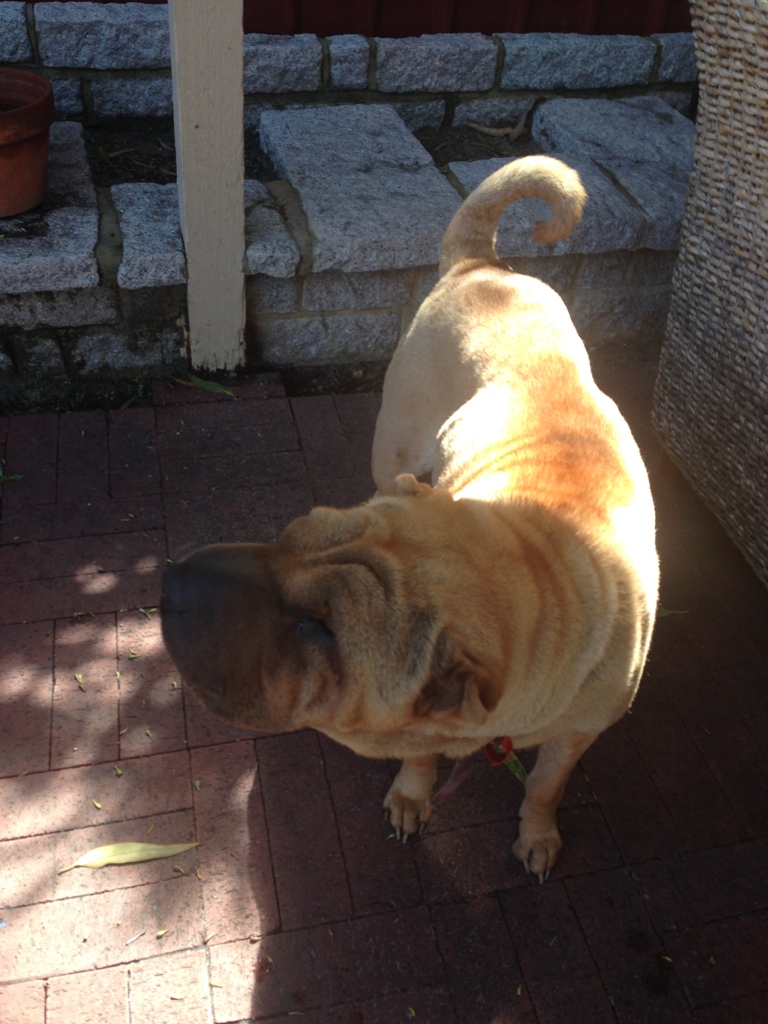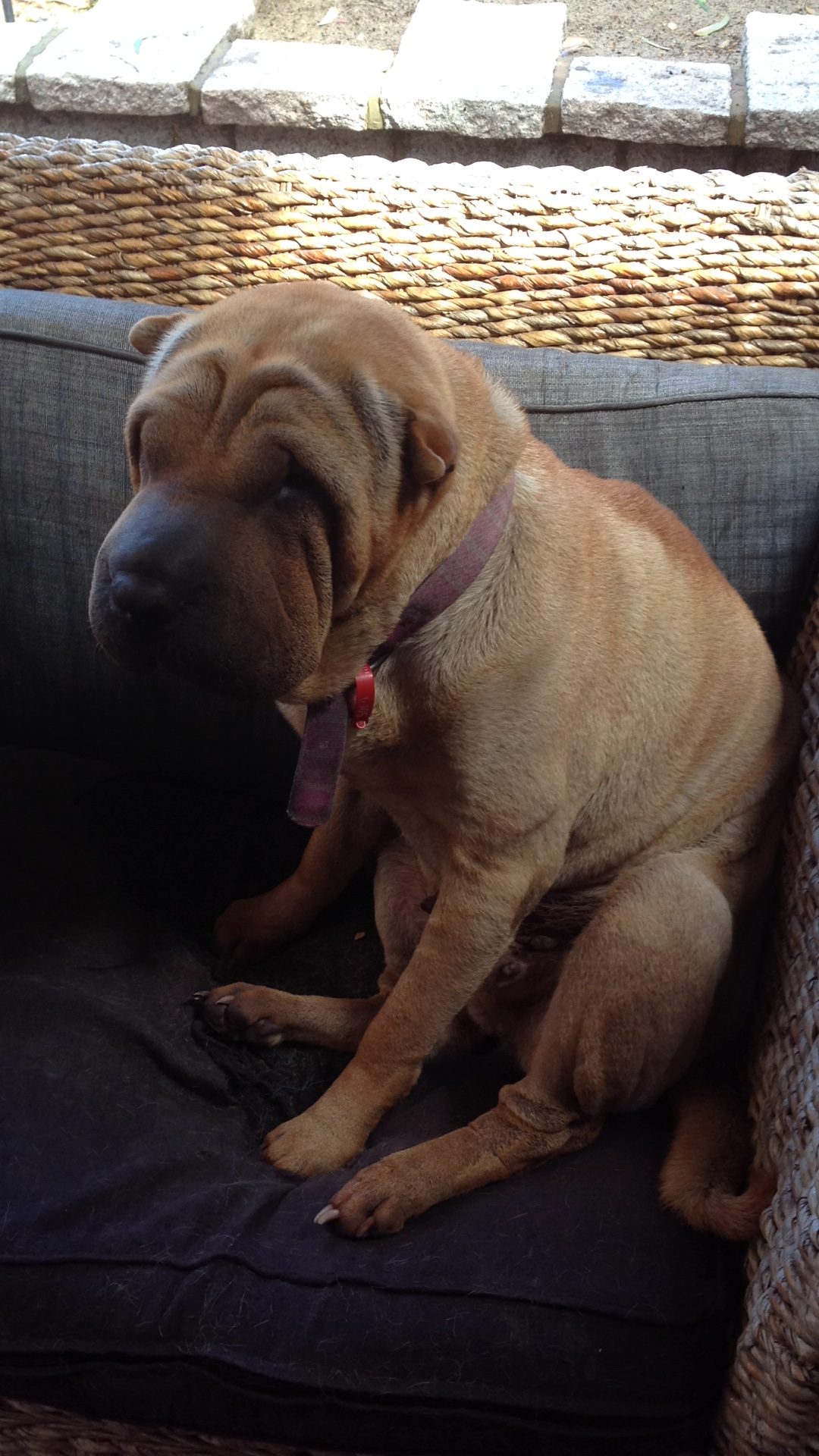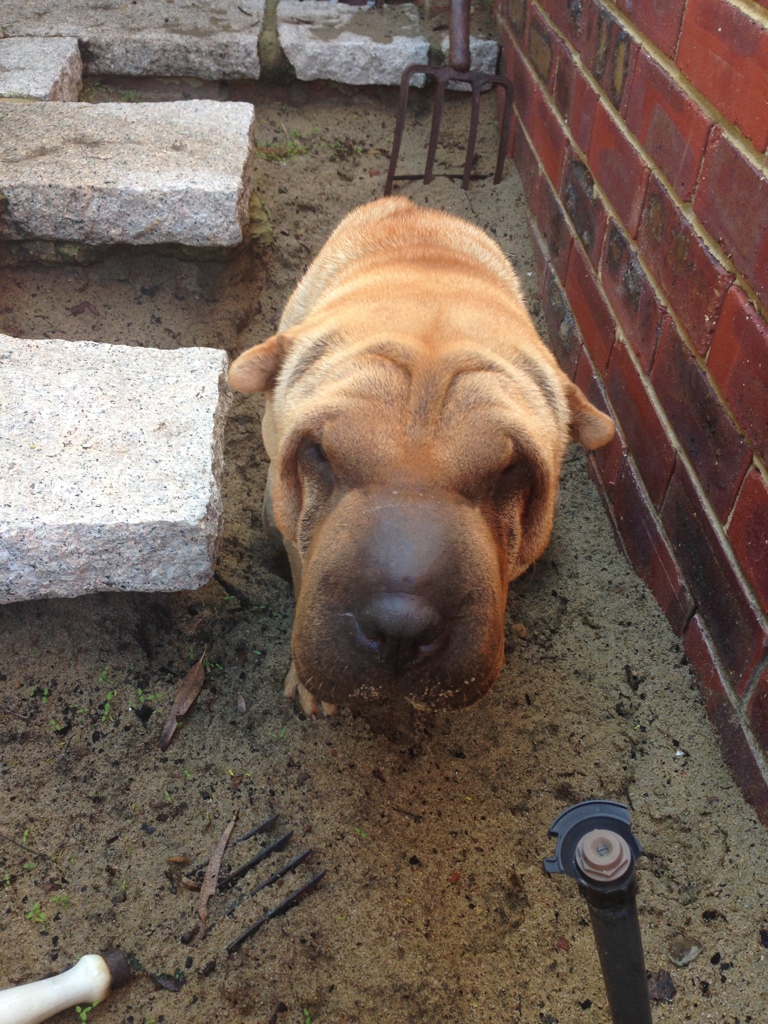Maisie
|
Stock Number |
: SD2 |
Price :
The Shar-Pei or Chinese Shar-Pei is a breed of dog known for its distinctive features of deep wrinkles and a blue-black tongue. The breed derives from China. The name (沙皮, pinyin: shā pí; English name probably derived from British spelling of Cantonese valent sā pèih) translates to “sand skin,” and refers to the texture of its short, rough coat. As puppies, Shar Pei have numerous wrinkles, but as they mature, these wrinkles disappear as they “grow into their skin”. Shar Pei were once named as one of the world’s rarest dog breeds by Time magazine and the Guinness Book Of World Records, and the American Kennel Club did not recognize the breed until 1991.
The origin of the Chinese Shar-Pei can be traced to the province of Kwun Tung and has for centuries existed in the southern provinces of China. These dogs helped their peasant masters in various tasks such as herding cattle, guarding the home and family, and have proven themselves to be qualified hunters of “wild game, usually wild pigs”.
The Shar-Pei is believed to have shared a common origin with the smooth-coated Chow-Chow because of the blue-black mouths and tongues, possibly the Great Pyrenees, a source of the double dew claws, and the Tibetan Mastiff. It was believed in ancient times that the dark mouth of the Chow-Chow, exposed when barking, helped to ward off evil spirits. The first Shar-Pei may have appeared as a mutation. The Shar-Pei when translated means “sand-skin” or “shark skin.” This uniquely rough, loose, prickly coat enabled the Shar-Pei to wriggle out of its opponents grasp while fighting in the dog pits. The coat when stroked against the grain may be abrasive, producing a burning, itching sensation. Their tail is carried over their backs on either side exposing the anus. The first tail set is a tightly curled tail, a “coin” tail. The second tail set is the loose curl, and third is carried in an arch over the back. The Shar-Pei with his tail sticking out straight or between his legs was thought to be cowardly. The tail should denote bravery.
While viewing the body head on, if the toes were slightly turned out this was thought to help the dog with balance according to old-time dog-fighting fanciers. The Chinese crawling dragon with his feet pointed east and west was considered a sign of strength. Because of these poor breeding practices many of the Shar-Pei have bad fronts. A dog with straight forelegs is correct.
Incidentally, any dog in China that protects property is called a fighting dog, whereas in Australia, Canada and the United States they are referred to as guard dogs.
Following the establishment of the Peoples’ Republic of China as a communist nation, the dog population was virtually wiped out. If not for the efforts of Matgo Law of Hong Kong, the Shar-Pei would not be here today. Due to his dedication to the breed, a small number of Shar-Pei were brought to the United States in the 1960s and early ’70s. In 1974 American and Canadian fanciers answered Matgo’s appeal for help and in 1976 the first Shar-Pei was registered. The foundation stock brought over from Hong Kong were of poorer quality than the Shar-Pei we see today. In August of 1991 the Shar-Pei officially completed the requirements for recognition by the American Kennel club and was placed in the Non-Sporting Group. In 1992 the Canadian Kennel Club also officially recognized and grouped the Shar-Pei in group 6, Non-Sporting n g events. Since that time several Shar-Pei are now and continuing to become CKC and AKC champions.
The bread can now boast over 100,000 plus world wide, two of them can be seen most weekends at South Perth Antiques.

